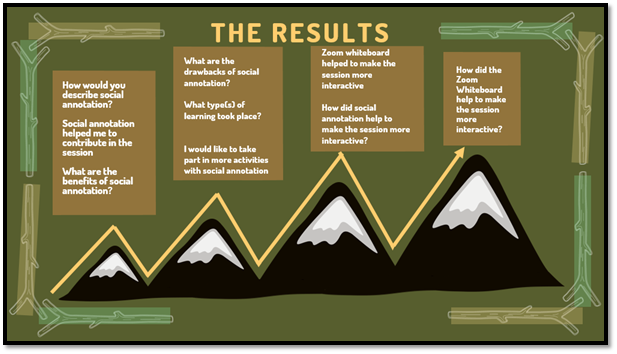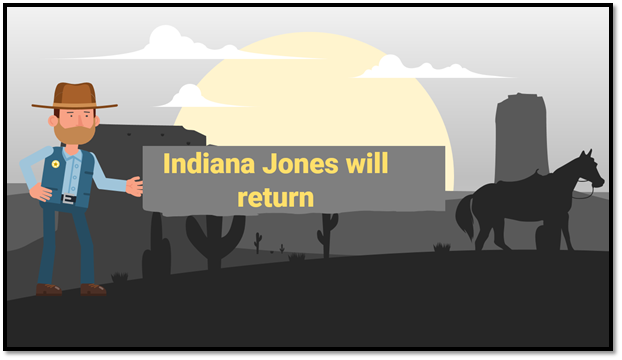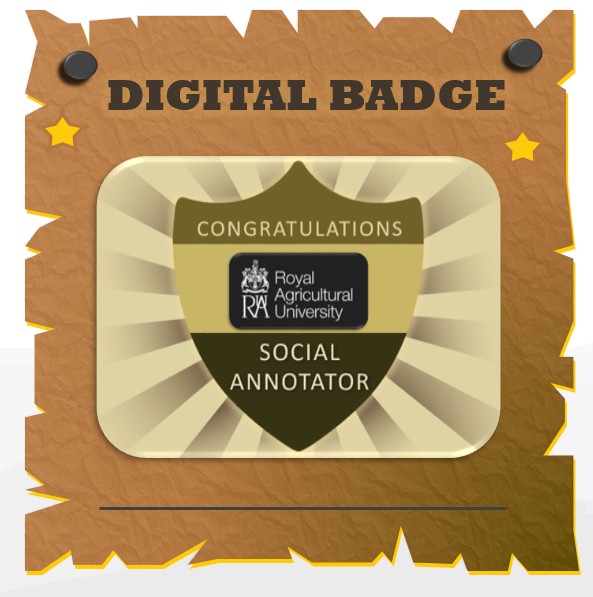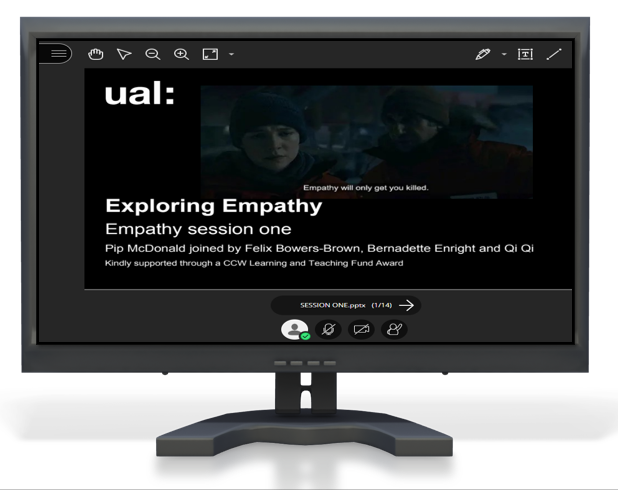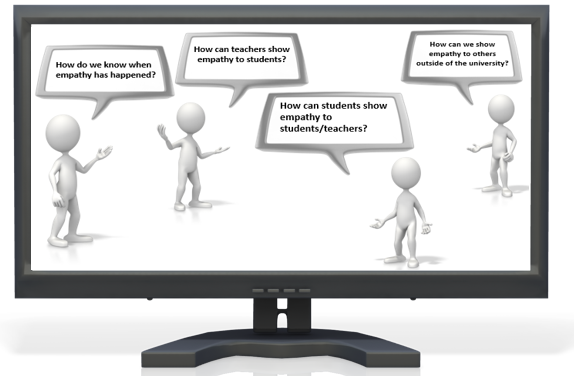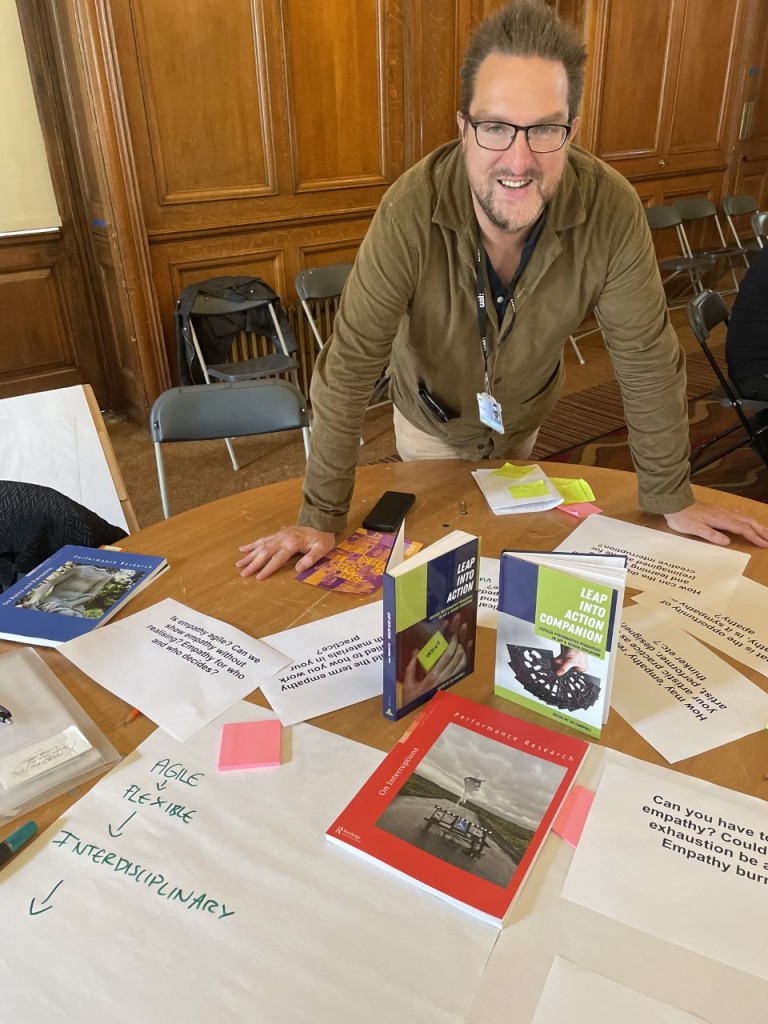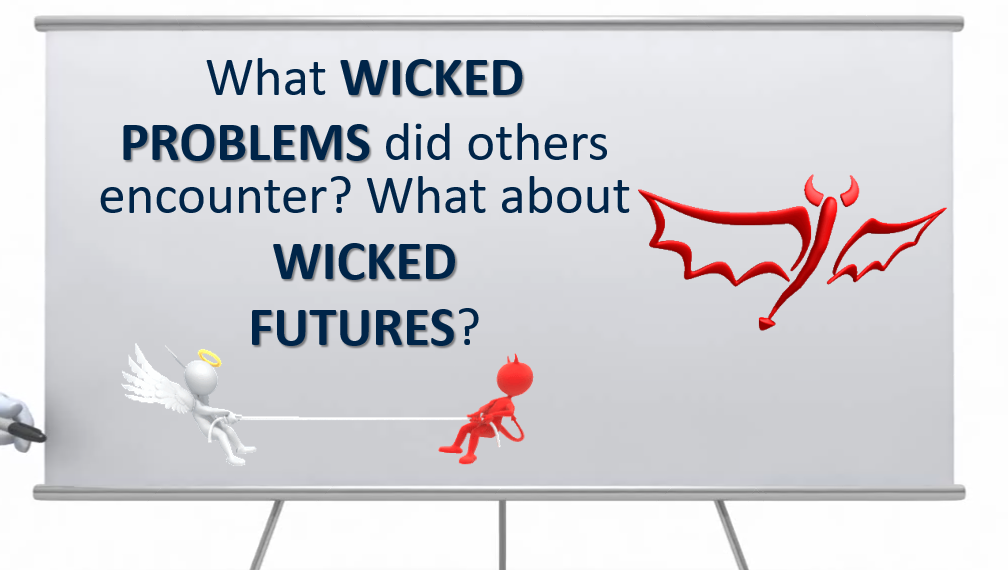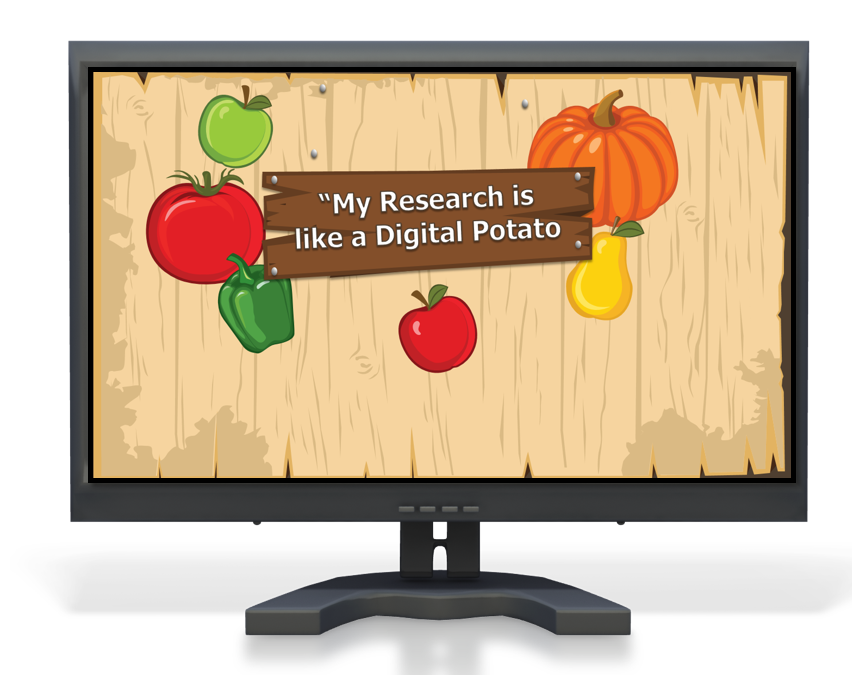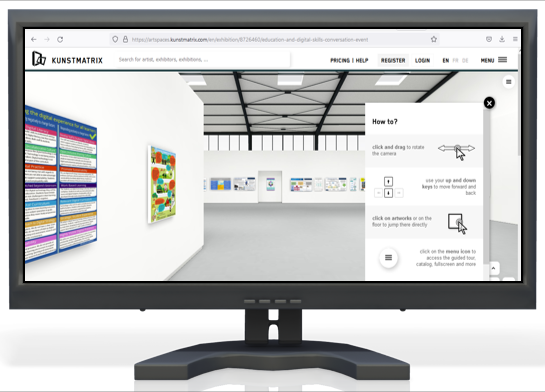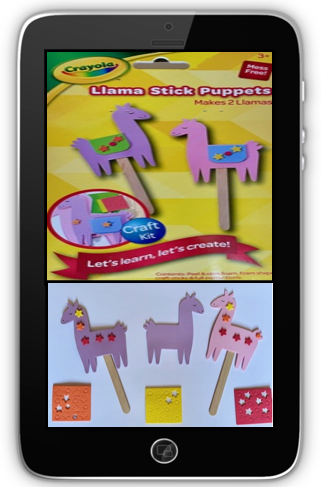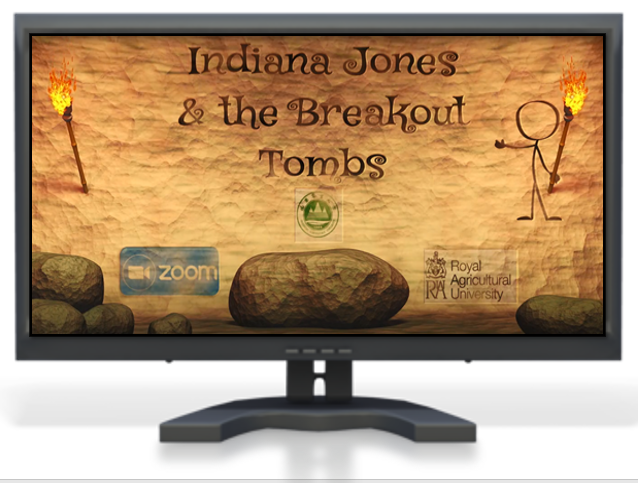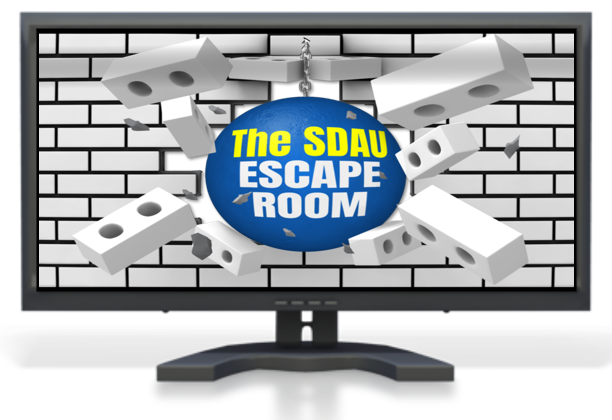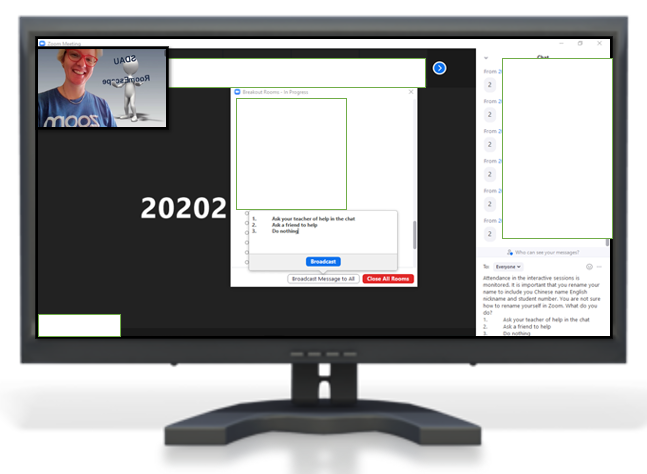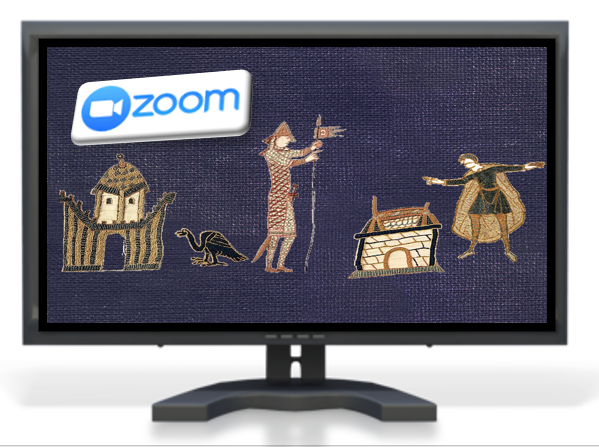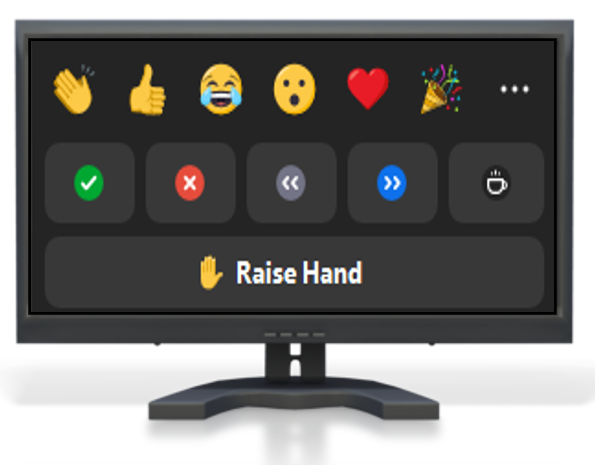The Teaching Innovation and Learning Enhancement (TILE) Hub at Staffordshire University organise a monthly two-hour webinar in an online capacity on Microsoft Teams. There are four presentations that last for 25 mins with 5 minutes for questions. A wide range of pedagogic themes is presented including escape rooms and podcasts.
Staffordshire University (2023)

The Learning Technology team presenting at the Teaching Innovation and Learning Enhancement (TILE) Hub webinar in March 2023. Earth rotating animation by Presenter Media, 2021.
“The TILE Hub is developing an academic community of practice and provides interdisciplinary collaboration between departments and work to develop collision pedagogy and synergies to push digital learning and teaching forward”
Staffordshire University, 2023).
The TILE Hub has 4 primary objectives:
- Delivery of Digital Pedagogical Training
- Delivery and Development of Catalyst Pedagogical Training
- Staff Digital Diagnostic and Development
- Student Digital Diagnostic and Development (Staffordshire University, 2023).
In March 2023, the Learning Technology team presented in an online capacity at the Teaching Innovation and Learning Enhancement (TILE) Hub monthly webinar exploring Collaboration, Innovation & Expansion. Reflections on the Technology Enhanced Transnational Learning (TETL) Journey at the Royal Agricultural University (RAU). The session plan can be accessed here. In order to prepare, team members attended TILE webinar 3 in February.
TNE is not just expanding at the Royal Agricultural University, it seems to be a sector trend. How can we define TNE? How is it possible to define TNE? TNE is broadly defined as “…the delivery of an award in a country other than that in which the awarding body is based” (UUK, 2018: p2). How is TNE expanding? In 2022, it was identified that 162 higher education providers (HEPs) reported 510,835 students studying through TNE. This was a 12.7% increase from 2019–20 (UUK, 2022). TNE can be categorised in different ways including branch campus, distance learning, online provision, joint and dual degree programmes, double awards, ‘fly-in’ faculty, mixed and blended models (UUK, 2022: p3).

Husna presented a table to show the RAU’s TNE projects.
“Measuring the impact of TNE is crucial to gain a better understanding of the contribution of UK universities to tackling global challenges”
(Wilkinson, 2021)
So how does the Learning Technology team support TNE expansion through collaborative and innovative approaches? We explored the international VLE, the use of Panopto for asynchronous pre recorded lectures, Zoom to deliver synchronous interactive sessions, Turnitin for assessment and feedback, Vevox, the popular Q&A and polling tool and our customer story here, the Learning Technology email inbox and delivery group meetings. Four core themes that run throughout TNE expansion and collaboration and innovation are, teaching, learning, assessment, training and collaboration, infrastructure, research and dissemination of findings. We explored international TEL Tips, Qingdao Agricultural University (QAU) in China, Shandong Agricultural University (SDAU) dual degree and contract teaching in China, International Agricultural University (IAU) in Uzbekistan, Sharjar University in United Arab Emirates (UAE) and Jiangnan University in China.
Lisa’s Reflections
Since early 2022, the RAU’s Learning Technology team has been writing fortnightly TECH tips for all UK-based staff and students. We aim to support and develop the digital skills of our community – this is also an area regularly identified by employers and the Government to address a growing skills gap (Gov.UK, 2019; JISC, n.d.). With our hearts in pedagogy first, we never assume that our students and staff come with these skills, so we look for ways to support them.

Lisa presented TEL and TECH tips.
By the start of this year (2023), there were clear reasons to extend tips to our international partners. Importantly to give a fair and equitable experience, but also because we could see a growing need for support amongst both staff and student groups – and we are now at the point where we are ready to launch tips on our international VLE.
We split the job of writing tips between us – we come with different ideas, and 5 writers means that tips always feel varied and fresh. But what is becoming particularly exciting is collaboration beyond the team. We are going to ask our readers to send us feedback and ideas through Vevox Q&A. We already love Vevox for the insights that it brings during teaching sessions, and we shared a poll during our presentation too. Our audience didn’t disappoint, and we enjoyed looking through their favourite digital skills with them.

Lisa presented the responses to the Vevox activity.
Husna’s Reflections
The RAU opened a joint institute in 2020 with Qingdao Agricultural University (QAU) in China. Although relationships were building gradually since 2015. The notion to develop double degree programmes started in 2018. Four double degree programmes are currently being run with both institutions contributing to the teaching and learning and students gain double awards upon completion. Currently, we have 780 students with an expected addition of 280 by September 2023. There will be an additional four master’s programmes to start by September 2023 as well.
The current Bachelor programmes are:
- Environment food and society
- Agriculture
- Food production and supply management
- Integrated Business management

Husna explored Qingdao Agricultural University (QAU).
In 2022, The RAU was selected by the Ministry of Agriculture in Uzbekistan to be the lead partner in establishing the new International Agriculture University (IAU). This is a Franchise partnership currently running one RAU BSc Agriculture with Foundation year programme. As a lead partner, RAU holds a dual role, first as a partner and second as skills training provider delivering a continuous professional development (CPD) programme to aid the IAU academics build their academic professional practice. The student numbers are modest (155) in comparison to China, but we have new three bachelor’s degrees and three master’s to be launched in September 2023.

Husna explores International Agriculture University (IAU)
What we did in terms of innovation and collaboration on the TNE front is more about the agility of what we did and how we did it, but the 4 themes depicted below always informed our decisions, actions, practice, and provision.

TNE Model created by Husna using Canva (2021).
Being the first international collaborative partner to be provisioned on a Virtual Learning Environment (VLE), QAU presented us with an aspirational as well as challenging project. At that time in 2020, we only had one UK-facing VLE, capacity was a concern, as well as legal compliance responsibilities, which meant access to some of the e-resources our international students would need to be done differently. In addition to that, the academic year was to start in a few months which did not leave us much time to go out to tender for a new VLE. We had to improvise significantly using a digital collaboration model we used successfully on the Catalyst project (link to blog post) of using SharePoint with our local international teams to disseminate resources we shared via SharePoint while delivering the synchronous sessions via Zoom. This was successfully delivered for the first semester and that allowed us to go out to tender and sign up a hosting company for our international VLE. Once the VLE was in place we did the following:
- Set up the dedicated VLE making sure the infrastructure was viable for our operating model and ensuring the digital student experience was optimised as best as possible, even with the China firewall presence. We separated content along partner lines, so bespoke content is only visible to the right partner.
- Designed and delivered academic staff training and on boarding using the TPACK model (Mishra & Koehler, 2006) while also including training with a particular focus on large class teaching and how to improve engagement among students using interactive tools and learner analytics such as activity completion, insights report, Vevox data). For IAU, we included the academic staff’s continuous professional development (CPD) built around the UK Professional Skills Framework.
- Student support was provided at key stages at the start of the year through live induction sessions with a dedicated induction course as reference material. This is in addition to the in-year support calls and emails triaged through local teams.
- Collaboration there were so many opportunities for collaboration some of which we are still exploring but so far, we have done:
Qingdao Agricultural University (QAU)
- Trained partner teams to support students at a local level mitigating challenges in time difference & amplifying support mechanisms.
- Worked with student representatives to collate feedback, providing the student voice in co-creation of learning content and activities.
- Support RAU & QAU Scientific Exchange Forum a showcase event of all academic achievements in the year by staff and students.
International Agricultural University (IAU)
- Launched Collaborative Online International Learning (COIL) pilot project in the 2nd semester. Using a module that is being taught at both institutions.
- Set up an academic forum to promote research links and academic peer support for IAU staff.

Husna sharing reflections on IAU. TNE Model created by Hunsa using Canva (2021).
Pip’s Reflections
Pip explored both the dual degree and the longstanding contract teaching TNE projects with Shandong Agricultural University (SDAU) including the impact of action research, and external engagement with the support of JISC and the Digital Transformation blog.

Pip exploring the contract teaching project at SDAU.
“While universities continue to learn about new ways of creating a welcoming intercultural learning space, they still struggle to address its many limits”
(Mittelmeier, Lomer, Lim, Cockayne & Ploner, 2022).
The presentations and recorded and shared on the TILE Hub YouTube channel and you can watch a video recording of the presentation here. A certificate is provided for presenters and attendees. You can follow TILE on Twitter here and the hashtag for the event is #StaffsTILEc.
Bibliography
Ahmed, H., McDonald, P., & Mustoe, L. (2022) Royal Agricultural University Vevox Case Study (Online) Available at: https://www.vevox.com/stories/education-stories/royal-agricultural-university [Accessed 5 April 2023]
Design Space. (n.d.). Soft Color Minimalist 3 Types of Empath Circle. Canva. (Online) Available at: https://www.canva.com/p/templates/EAFZrNVxtJQ-soft-color-minimalist-3-types-of-empath-circle-instagram-post/ Retrieved [Accessed 21 March 2023]
Eclipse Digital Imaging, Inc. (2021) Globe Custom Banner (Online) Available at: https://www.presentermedia.com/powerpoint-clipart/globe-custom-banner-pid-15981 [Accessed 5 April 2023]
Eclipse Digital Imaging Inc. (2021) Chalk Board Online) Available at: https://www.presentermedia.com/powerpoint-clipart/chalk-board-pid-28045 [Accessed 10 April]
Eclipse Digital Imaging Inc. (2021) Earth Rotating (Online) Available at: https://www.presentermedia.com/powerpoint-animation/earth-rotating-PA-pid-4197 [Accessed 10 April]
Eclipse Digital Imaging Inc. (2021) Globe Custom Banner (Online) Available at: https://www.presentermedia.com/powerpoint-clipart/globe-custom-banner-pid-15981 [Accessed 10 April]
Eclipse Digital Imaging Inc. (2021) 3D Globe Geography PowerPoint Template (Online) Available at: https://www.presentermedia.com/powerpoint-template/3d-world-globe-pid-26943 [Accessed 10 April]
Eclipse Digital Imaging Inc. (2021) Earth Rotating (Online) Available at: https://www.presentermedia.com/powerpoint-animation/sharing-thoughts-anim-pid-13979 Two Figures Sharing Thoughts [Accessed 10 April]
Gov.UK. (2019). Current and future demand for digital skills – a call to action. (Online) Available at: https://www.gov.uk/government/publications/current-and-future-demand-for-digital-skills-in-the-workplace [Accessed 5 April 2023]
JISC (n.d.) Our reports. (Online) Available at: https://digitalinsights.jisc.ac.uk/reports-and-briefings/our-reports/ [Accessed 5 April 2023]
Mittelmeier, J., Lomer, S., Lim, M, Cockayne., H & Ploner, J., (2022) How can practices with International Students be made more ethical? postpandemicuniversity.net Post Pandemic University blog [blog] 10 Jan Available at: https://postpandemicuniversity.net/2022/01/10/how-can-practices-with-international-students-be-made-more-ethical/ [Accessed 5 April 2023]
Staffordshire University (2023) Teaching Innovation and Learning Enhancement Hub (Online) Available at: https://www.staffs.ac.uk/research/projects/tile-teaching-innovation-and-learning-enhancement-hub [Accessed 5 April 2023]
Staffordshire University (2023) #StaffsTILEc TILE Webinar Series Webinar – 4 (Season 1) 29th March 2023 [pdf] [Accessed 5 April 2023]
Staff TILE Hub (2023) TILE Webinar 4 – Reflections on the Technology Enhanced Transnational Learning Journey at the RAU Available at: TILE Webinar 4 – Reflections on the Technology Enhanced Transnational Learning Journey at the RAU [Accessed 10 April 2023]
Universities UK International (2018) Transnational Education: Global Location, Local Innovation. [pdf] Available at: https://www.universitiesuk.ac.uk/sites/default/files/uploads/UUKi%20reports/UUKi%20WECD%20WEB%20(1).pdf [Accessed 5 April 2023]
Universities UK International (2022) The scale of UK higher education transnational education 2020–21 Trend analysis and regional highlights [pdf] Available at: https://www.universitiesuk.ac.uk/sites/default/files/field/downloads/2022-11/UUKi%20Scale%20of%20UK%20HE%20TNE%202020-21%20updated.pdf [Accessed 5 April 2023]
Universities UK International (2022) Scale of UK Higher education transnational education 2019-20: Welsh Providers Trend analysis of HESA data. [pdf] Available at: https://www.universitiesuk.ac.uk/sites/default/files/field/downloads/2022-01/Scale%20of%20UK%20HE%20TNE%20Welsh%20providers%202019-20_0.pdf [Accessed 5 April 2023]
Wilkinson, E. (2021) Transforming UK transnational education through digital and data. jisc.ac.uk/blog. Digital Education blog, [blog] Nov 2021. Available at: https://www.jisc.ac.uk/blog/transforming-uk-transnational-education-through-digital-and-data-04-nov-2021 [Accessed 5 April 2023]
Design Space. (n.d.). Soft Color Minimalist 3 Types of Empath Circle. Canva. Retrieved March 21, 2023, from https://www.canva.com/design/DAFd37ytVhg/nRc6t1boNjA-sKER88yKnA/edit [Accessed March 20, 2023]
Mishra, P., & Koehler, M. J. (2006). Technological Pedagogical Content Knowledge: A new framework for teacher knowledge. TEACHERS COLLEGE RECORD 108 (6), 1017-1054. [Accessed March 20, 2023]
Mishra, P., & Koehler, M. J. (1). Technology Integration Framework. from https://teachingcommons.stanford.edu/teaching-guides/foundations-course-design/theory-practice/technology-integration-framework#:~:text=The%20TPACK%20framework%20was%20first,Content%20Knowledge%20(CK) [Accessed March 20, 2023]













